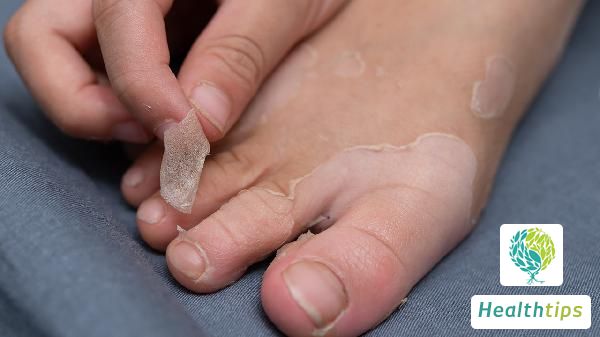Is Traditional Hemorrhoid Surgery Dangerous?
Traditional hemorrhoid surgery carries inherent risks, particularly when complications arise during the surgical procedure, posing potential dangers to patients. The primary steps of this surgery involve elevating the sphincter muscles around the anus and excising hemorrhoids. During the operation, there is a risk of damaging the veins surrounding the rectum and anal canal, as well as injuring the anal canal skin. Additionally, excessive patient anxiety may lead to difficulty with bowel movements.

1. Damage to Veins Surrounding the Rectum and Anal Canal: Injury to these veins during surgery can result in localized bleeding and even venous thrombosis. Once venous thrombosis occurs, it impedes blood flow, leading to hematoma formation. Larger venous thrombi may cause bowel necrosis, necessitating serious interventions such as bowel resection.
2. Damage to Anal Canal Skin: As traditional hemorrhoid surgery involves excision of tissue around the anal canal and anus, it can cause skin damage or even extensive skin loss in this area, affecting postoperative anal function.
3. Difficulty with Bowel Movements: Accidental damage to the sphincter muscles surrounding the rectum and anal canal during surgery can lead to anal incontinence. Postoperatively, patients may avoid bowel movements due to pain or other reasons, causing feces to remain in the intestines for prolonged periods. This can result in dry, hard stools that are difficult to expel.
4. Postoperative Infection: Traditional hemorrhoid surgery often leaves large surgical wounds close to the anus, making them prone to bacterial infections and even local abscess formation. Patients are advised to seek treatment and consultation at reputable hospitals, opting for traditional hemorrhoid surgery to minimize surgical risks.



















